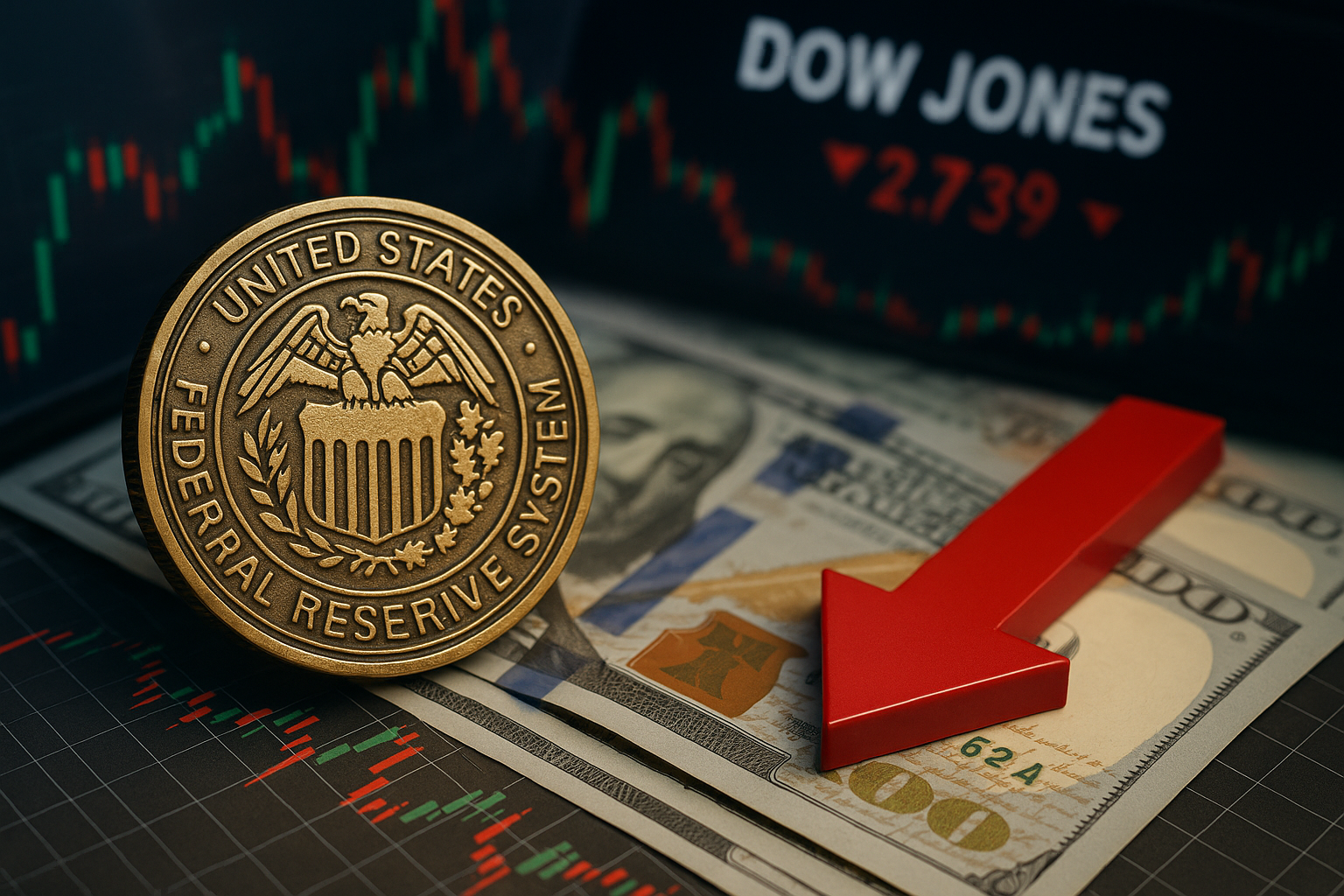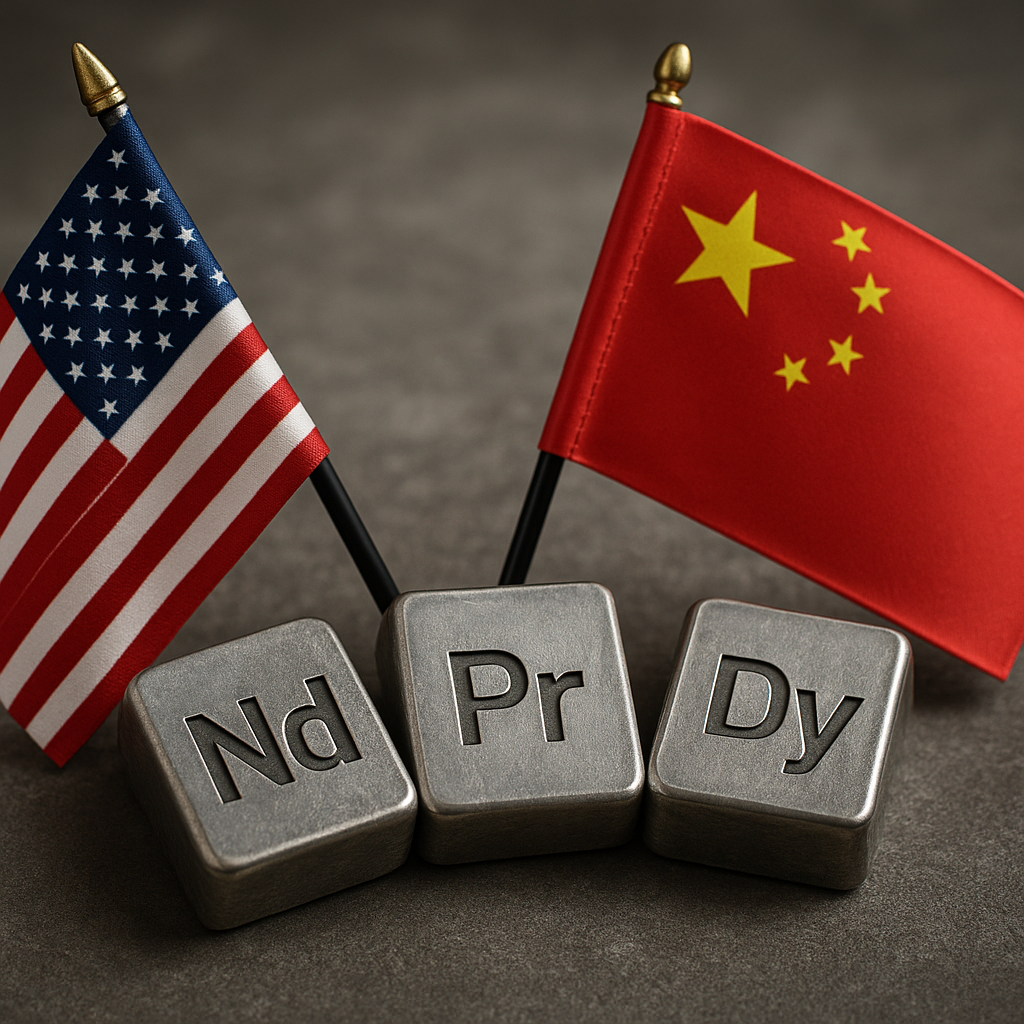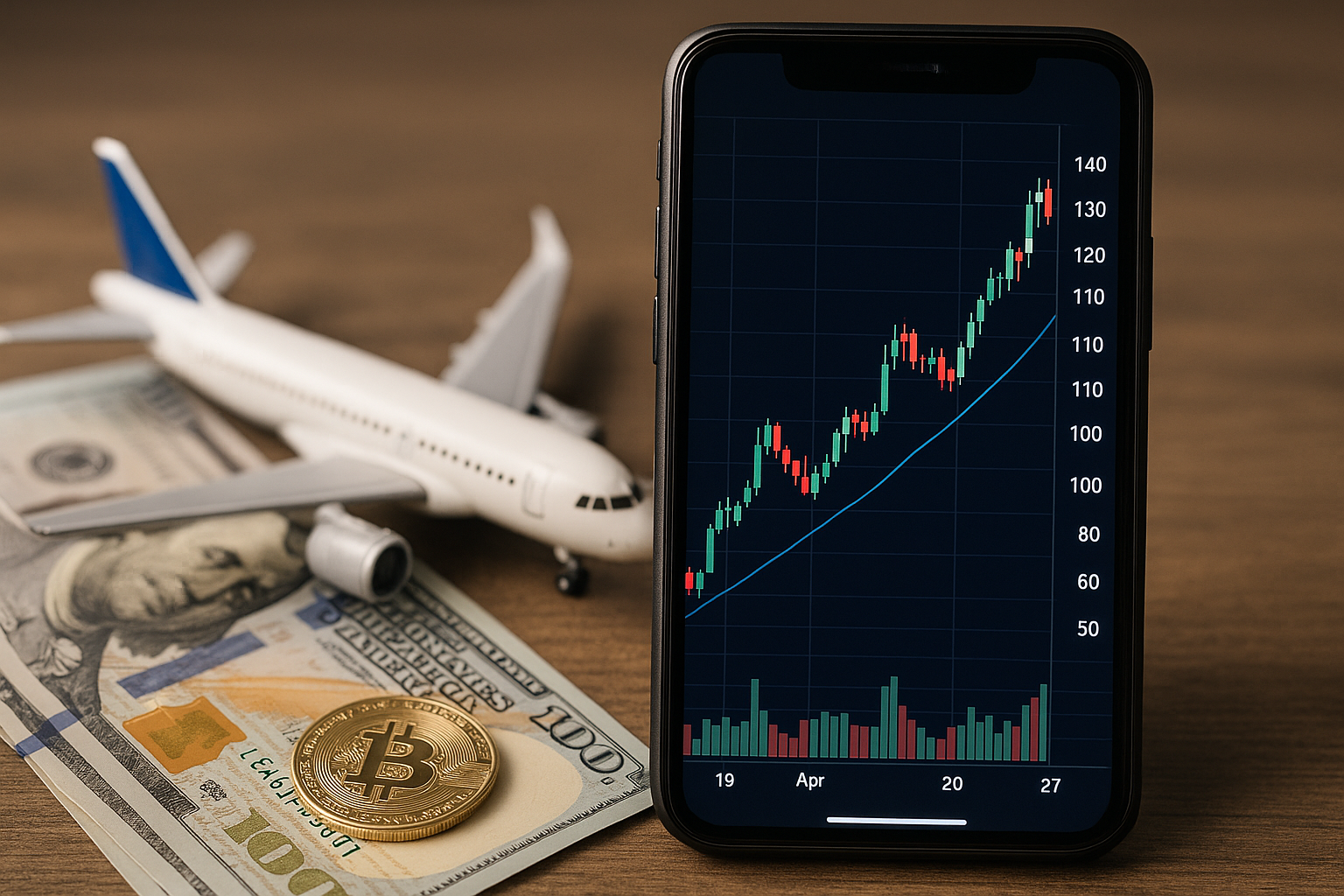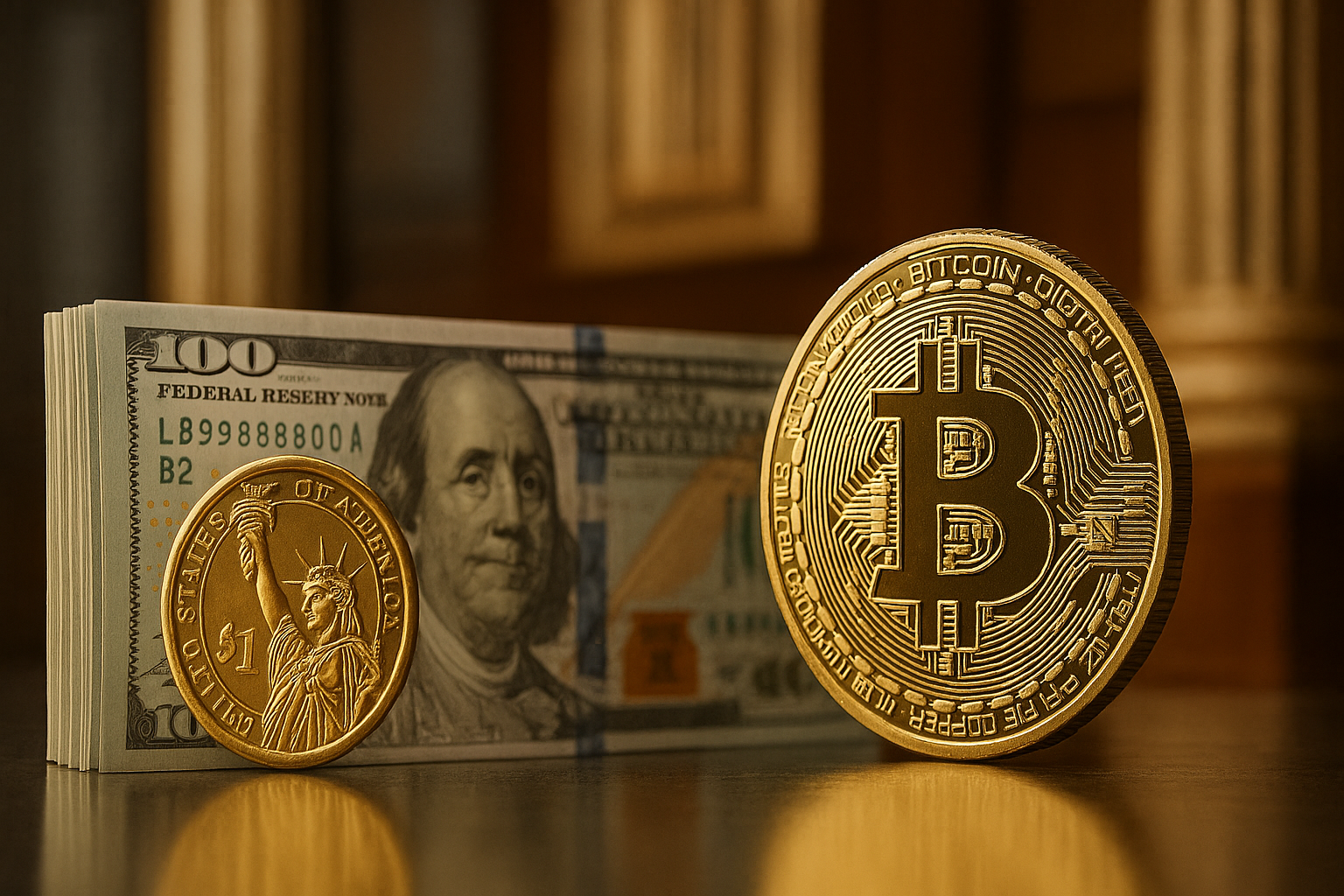The optimism that fueled Wall Street’s late-October rally hit a speed bump on Thursday as Federal Reserve Chair Jerome Powell poured cold water on expectations for another rate cut in December. U.S. equity futures edged lower following Powell’s remarks, while global markets turned cautious amid renewed uncertainty over monetary policy and lingering geopolitical tensions between Washington and Beijing.
The mood across trading floors was one of restraint rather than panic — but it marked a clear shift from the risk-on sentiment that had driven equities higher earlier this month. The Dow Jones Industrial Average futures slipped 0.4%, while S&P 500 and Nasdaq futures both fell about 0.3% in pre-market trading, according to Investopedia and Reuters reports.
The Fed’s Message: Caution Over Commitment
Chair Powell’s latest comments, delivered during a post-meeting press briefing, signaled that the central bank may not be as eager to continue easing policy as markets had hoped. While the Fed executed a modest rate cut earlier this month — its first in nearly a year — Powell emphasized that the path forward would be “data-dependent,” warning against “premature assumptions” of a sustained easing cycle.
That tone surprised investors who had largely priced in another 25-basis-point cut at the Fed’s December meeting. According to the CME FedWatch Tool, the probability of another cut fell sharply from 64% earlier this week to just under 45% following Powell’s remarks.
In response, Treasury yields rose across the curve, with the 10-year yield climbing to 4.42% — its highest level in two weeks — reflecting shifting expectations for longer-term borrowing costs.
Global Ripple: U.S.–China Dynamics Add to Uncertainty
Compounding investor jitters, markets also digested the outcome of a closely watched meeting between U.S. President Donald Trump and Chinese President Xi Jinping in Busan, South Korea. The two leaders struck a temporary trade truce that included partial tariff rollbacks and a one-year pause on Chinese rare-earth export restrictions.
While the move initially lifted sentiment in Asian markets, investors quickly realized the agreement stopped short of resolving deeper structural issues. “It’s a ceasefire, not a peace deal,” noted Reuters, quoting analysts at Nomura. “The underlying tech and investment tensions remain unresolved.”
The Shanghai Composite Index gave up early gains to close flat, while Hong Kong’s Hang Seng Index fell 0.6%. In Europe, major indices opened lower in sympathy with U.S. futures.
Why This Matters for Investors
The convergence of a more hawkish Fed and fragile geopolitical balance poses a complex challenge for investors. On one hand, cooling inflation and resilient corporate earnings suggest that the U.S. economy can sustain moderate growth. On the other, higher-for-longer rates may tighten liquidity and cap valuation multiples — particularly in rate-sensitive sectors like real estate, small caps, and high-growth tech.
“Markets are caught between optimism over economic resilience and concern that the Fed could overstay its tight stance,” said Lisa Shalett, Chief Investment Officer at Morgan Stanley Wealth Management, in a note cited by Bloomberg. “We could see increased volatility into year-end as traders reassess positioning.”
For institutional portfolios, this environment demands a recalibration toward defensive plays — sectors such as consumer staples, utilities, and healthcare — that typically outperform during late-cycle slowdowns. Dividend-yielding stocks could also attract renewed investor interest as bond yields rise.
Future Trends to Watch
- Earnings Guidance: As Q3 earnings season winds down, forward guidance from corporate leaders will shape sentiment more than the actual results. Investors will watch for signals of cost discipline and demand stability.
- Inflation Prints: Next week’s U.S. Core PCE data will be crucial. A stronger-than-expected reading could cement the Fed’s cautious stance and further pressure equities.
- Bond Market Flows: Renewed selling in Treasuries could push yields higher, prompting a reallocation from equities to fixed income.
- Geopolitical Developments: Any signs of renewed U.S.–China friction, particularly over tech exports or rare-earth supply chains, could inject fresh volatility into global markets.
Key Investment Insight
Investors should brace for a tug-of-war between monetary policy uncertainty and corporate resilience. In the near term, volatility may stay elevated, but selective positioning can still yield opportunity. Consider:
- Defensive sectors like utilities, consumer staples, and healthcare for stability.
- Cash-flow-strong tech names such as Alphabet ($GOOGL) and Microsoft ($MSFT) as core holdings.
- Quality dividend ETFs as a hedge against policy whiplash.
Maintaining disciplined stop-loss levels and closely monitoring Fed communications will be essential as markets navigate this late-cycle landscape.
As global markets recalibrate expectations, the message is clear: the easy-money era is far from certain. Investors would do well to stay nimble, informed, and diversified.
Stay ahead of every market turn — follow MoneyNews.Today for daily insights, macro analysis, and actionable updates that help you invest with clarity.





